
Strategic Plan 2022
Positioning the University for continued success during a period of dramatic change in higher education
The work of our Strategic Plan 2022 reflects the collective commitment of the Clayton State University community. We build on the achievement of our recent plan as demonstrated by our gained Carnegie classification as a community engaged campus.
For us, this strategic plan is not a mere exercise. It speaks to the heart and soul of our dynamic culture. It represents what we stand for and how we approach our work to promote learning and student success. Through our plan, we remain committed to making the dreams of our University community real. And we will continue to cultivate an environment of engaged, experience-based learning, enriched by active community service. In brief, we participate in the creation of Georgia’s next generation of citizens.
Public higher education nationally wrestles with forces of disruption. But in the framework of those disruptions, we seek to find ways within Strategic Plan 2022 to invest resources that advance Governor Nathan Deal’s Complete College Georgia initiative, and the University System of Georgia’s strategic priorities required to transform components of higher education (www.usg.edu).
For the purposes of our plan, the strategic planning process accomplishes three things according to Nathan Garber & Associates: (1) clarify desired outcomes, (2) select broad strategies and (3) measure progress.
It is our desire and vision to become a national model for community engagement while fostering a learning environment that equips our students for success as citizens.
We have selected strategies that will:
- Extend our commitment to be intentional in aligning classroom learning to workplace and professional applications. Academic and career support strategies will accelerate progress toward graduation and increase internships that enhance students’ future success.
- Meet student needs to bridge gaps towards success, including academic and student life programs—such as assistance with child support for many of our students.
- Focus on, career-based learning through our academic and non-academic programs and clusters of learning outcomes across the professional, pre-professional and liberal arts curricula.
- Develop resources necessary for University success through the completion of the institution’s first comprehensive fundraising campaign.
- Redirect and focus our grant support strategies that will enhance University activities that support student and faculty success and learning.
- Develop a comprehensive communication campaign that will expand the audience who is familiar with the University’s academic excellence and achievements.
- Develop leadership opportunities for faculty, staff and students who are central to the success of the University.
- Help us to become intentional about internal communication and make inclusiveness for students, faculty and staff a growing reality, not a repeated cliché.
Finally, as we implement these strategies, it will be essential that we measure our progress so we can recognize and celebrate our achievements over the next five years.
We have already begun to position the University in the higher education environment. We will continue to do this without neglecting the reality that the pace of change in the global economy requires that we prepare students who can adapt to that change as a result of learning at Clayton State University. And through that learning and adaptation, make dreams real for all those we serve.
Strategic Priorities
Our focus and frame for tactical planning and resource allocation
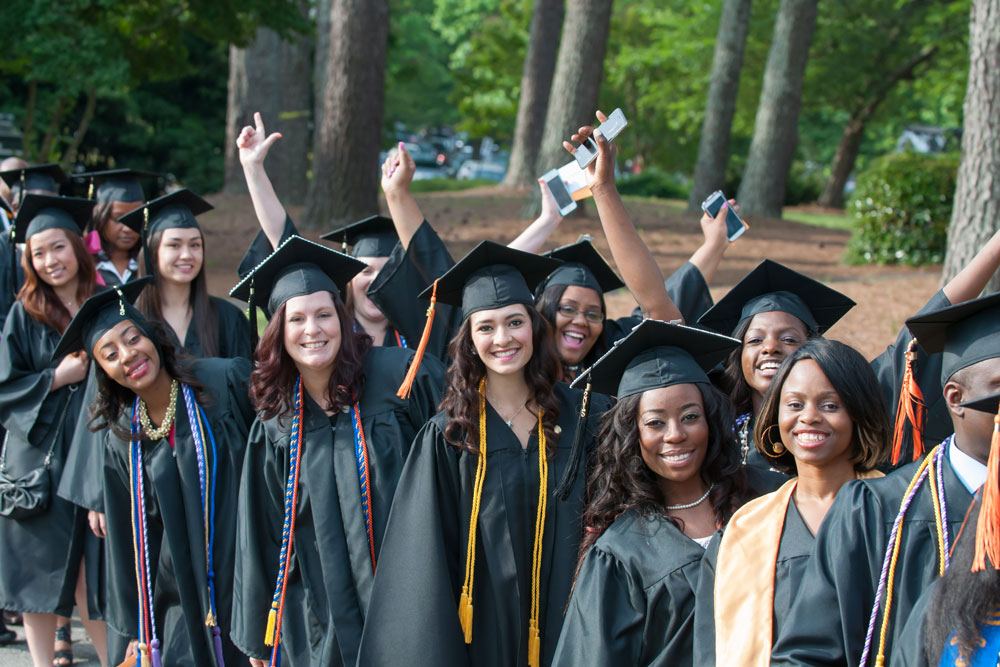
1. Increase enrollment, retention, and graduation rates
a. Strategic Enrollment Management Plan: Create a multi-faceted plan, in collaboration across the university, designed to increase enrollment, retention, and graduation rates for all student populations.
b. Support Services for Student Success: Continue development of support services associated with student success.
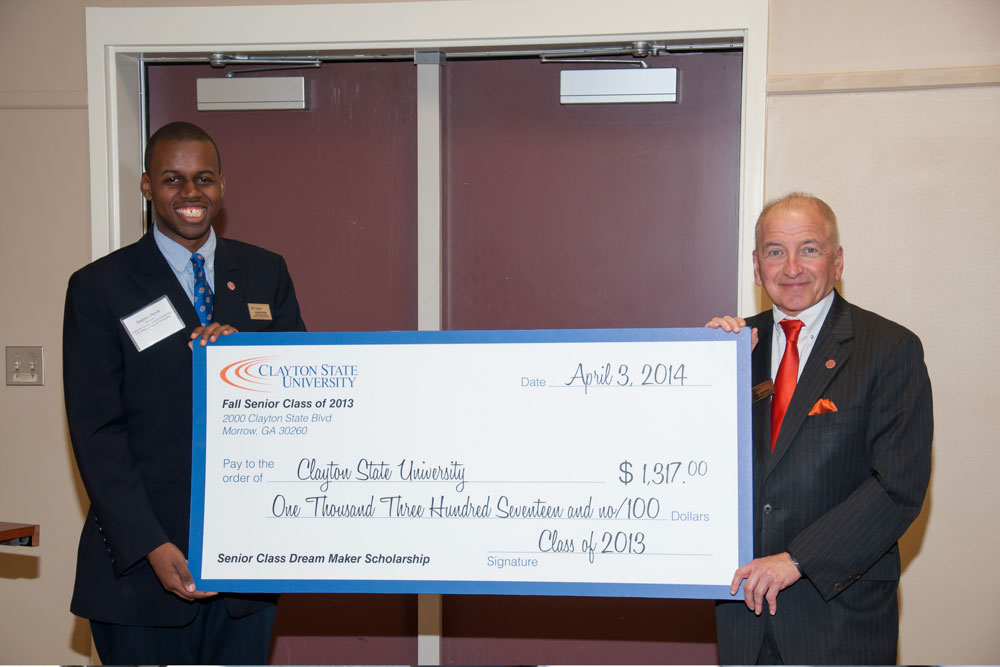
2. Increase external funding
a. Comprehensive Campaign Plan: Develop and implement a comprehensive campaign to increase external funding.
b. Targeted External Grant Support: Obtain external support for University-wide strategic initiatives.
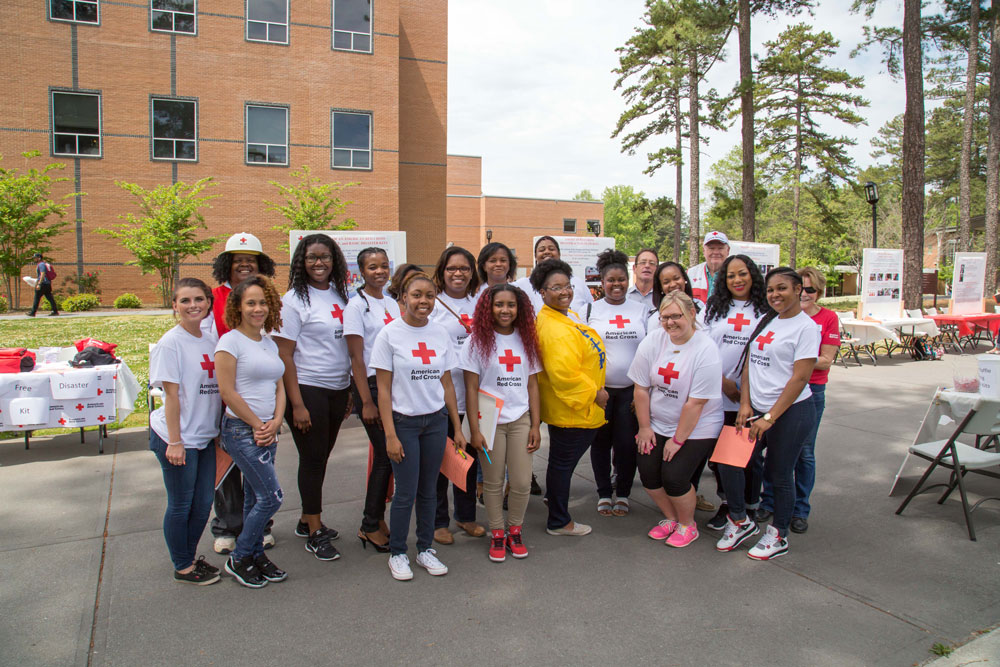
3. Build brand through community engagement and program development focused on career
preparation and success
a. PACE (Partnering Academics with Community Engagement): Continue development and implementation of PACE.
b. EDGE (Exploration, Discovery, Goal Setting, and Experience): Increase student participation in internships and other learning opportunities such as job shadowing and mentoring. Students will participate in career-development opportunities along each step of their college paths and learn about the critical knowledge, skills, abilities, and attitudes that employers seek.
c. Laker Solutions: Create a cross-discipline consulting group consisting of students and faculty serving community businesses, non-profits, and chambers of commerce with emphasis on economic development.
d. High Demand Scan: Develop an on-going scanning system for identifying future workforce and employment needs and strategically mapping to curricula development and maintenance. Include investigation of possible doctoral and professional graduate programs to address unmet market needs, perhaps in collaboration with other institutions. Direct efforts toward complete academic programs as well as specific content clusters.
e. Visit Spivey Hall, Discover Clayton State: Capitalize on databases of community members engaged and served by Spivey Hall’s concert, education, neighborhood outreach and audience development programs, systematically coordinating data-gathering and marketing communications to cultivate relationships and promote Clayton State brand awareness.
f. Faculty and Staff Development 2022: Identify and implement programs to support and recognize continuous learning and growth for faculty and staff.

4. Promote the brand through an integrated marketing communication program
a. Strategic Marketing Plan: Develop and implement a comprehensive external marketing and communication campaign.
b. Institutional Communication Audit: Review and enhance internal communication processes.
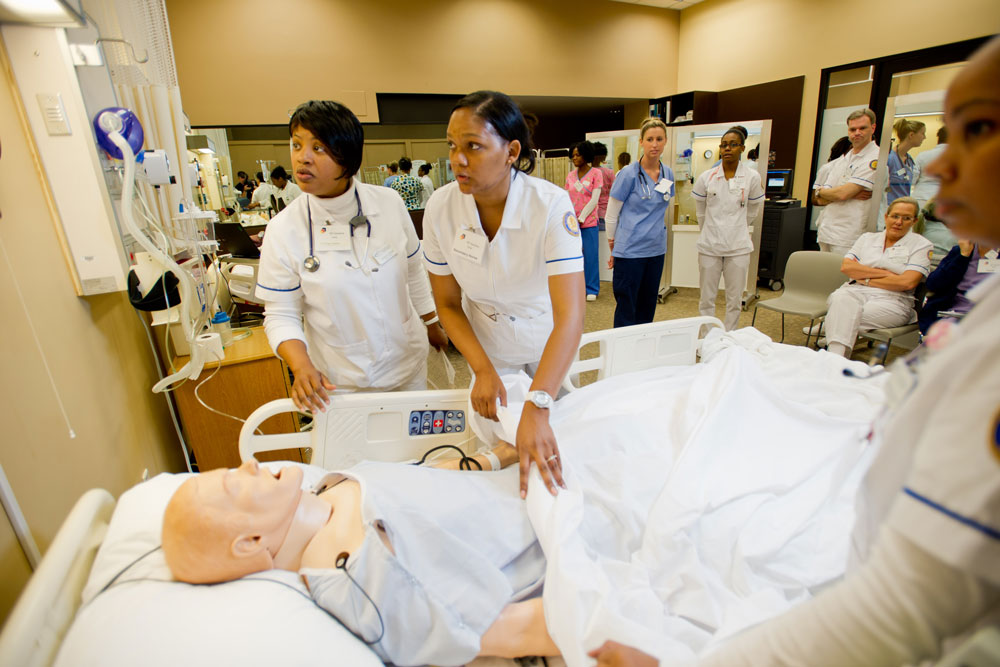
5. Advance innovation in experiential teaching styles, methods of delivery and research
a. Enhance Teaching Seminar Program: Identify and implement meaningful faculty development programs to support the adoption of experiential teaching methods, scalable technology, and the scholarship of teaching and learning.
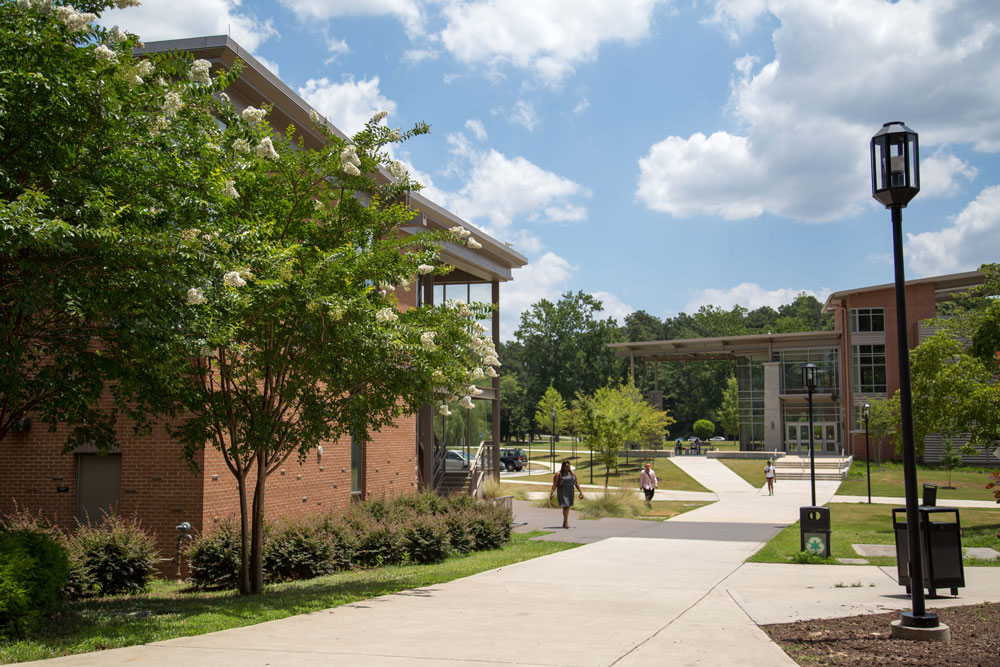
6. Continue investing in infrastructure improvements
a. IT and Physical Infrastructure: Continue to invest and, where needed, to expand the infrastructure necessary to support the other strategic initiatives.
